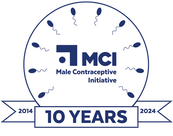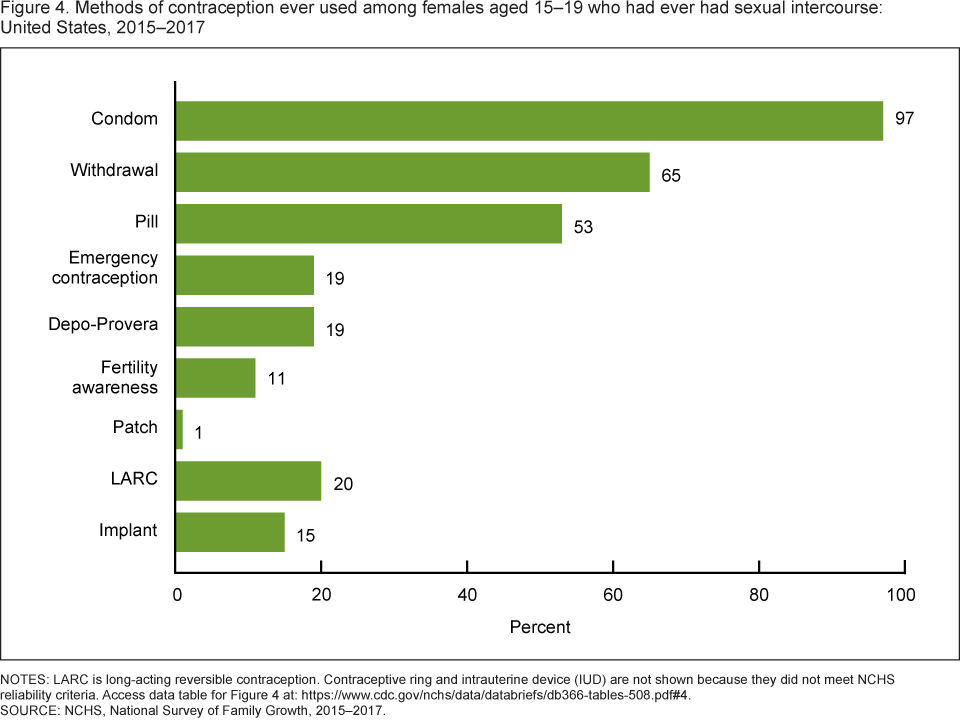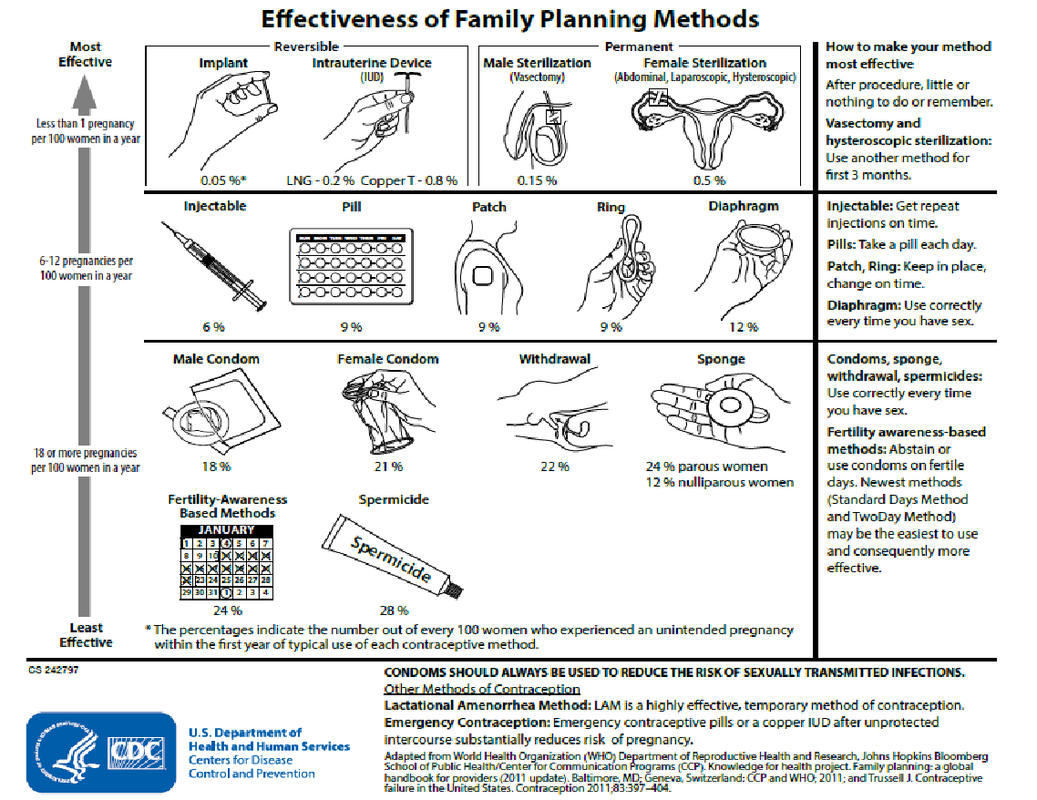|
This blog post is by Heather Vahdat, MCI Executive Director. The National Center for Health Statistics at the Centers for Disease Control and Prevention (CDC) recently published a brief related to sexual activity and contraceptive use among young people between the ages of 15-19 in the United States. Given that young people are a key population for us at Male Contraceptive Initiative, I found the report to be interesting across the board; however, one key finding particularly caught my attention: “The condom remains the most commonly used contraceptive method among female teenagers”. In fact, 97% of female teenagers who have had sex reported ever having used a condom. Of course it is wonderful news that young people are using condoms, as they are the only method of contraception that also prevents transmission of sexually transmitted infections (STIs). However, we need to carefully consider these findings and the understated potential risk that lies within them. First, the findings are based on a common survey term “ever used”. We need to be clear in our understanding that the 97% presented in these data does not reflect consistent use of condoms between sex acts, rather the fact that a condom has been used in at least one sex act by the young women surveyed. This may seem like splitting hairs a bit, until you consider the full picture presented by the rates reported across all methods (Figure 1), especially given that the second most common method reported as ever used by the young women surveyed was withdrawal. This means that the two most frequently mentioned methods of contraception cited by young women in this survey were:
To put this in context, that means that of the 924 of young women who responded to the survey, 896 (97%) reported having ever used condoms for contraception. Of those 896 women, between 161-197 were still at risk for unintended pregnancy. A Clear Message: We Need More Methods of Male Contraception The distribution of data from Figure 4 of the CDC brief (Figure 1, below) provides a stark picture of the realities of contraceptive use, acceptability, and unmet need. The contraceptive needs of young women and women more broadly, are not being fully met by the current method mix. This, of course, is likely the result of many factors, including barriers to access for more effective methods of contraception due to prescription requirements, cost, and issues with side-effects, among others. However, most telling is that young women do, indeed, turn to their male partners to provide protection from an unintended pregnancy when they are not able to find a method that suits them. Yet we continue to deny men a robust selection of options to contribute to pregnancy prevention. In fact, other than the permanence offered by vasectomy, the only methods available to men are among the least effective at preventing pregnancy. We must do better for our young people to ensure that they are able to make empowered and safe choices about their reproductive health. They, their future success, and the health and well-being of our global community are dependent upon finding better solutions. Better methods of male contraception have been “around the corner” for over sixty years. If we don’t commit now to making these methods a reality, we will continue to lose out on the benefits for decades to come. Figure 1. Methods of contraception ever used among females aged 15-19 who had ever had sexual intercourse: Figure 2. Effectiveness of Family Planning Methods
1 Comment
1/19/2021 03:20:07 am
Hey There,
Reply
Your comment will be posted after it is approved.
Leave a Reply. |
Categories
All
Archives
June 2024
|
|
|
Donate to Male Contraceptive InitiativeYour generous donation makes a difference!
|
© Male Contraceptive Initiative. All rights reserved.




 RSS Feed
RSS Feed
